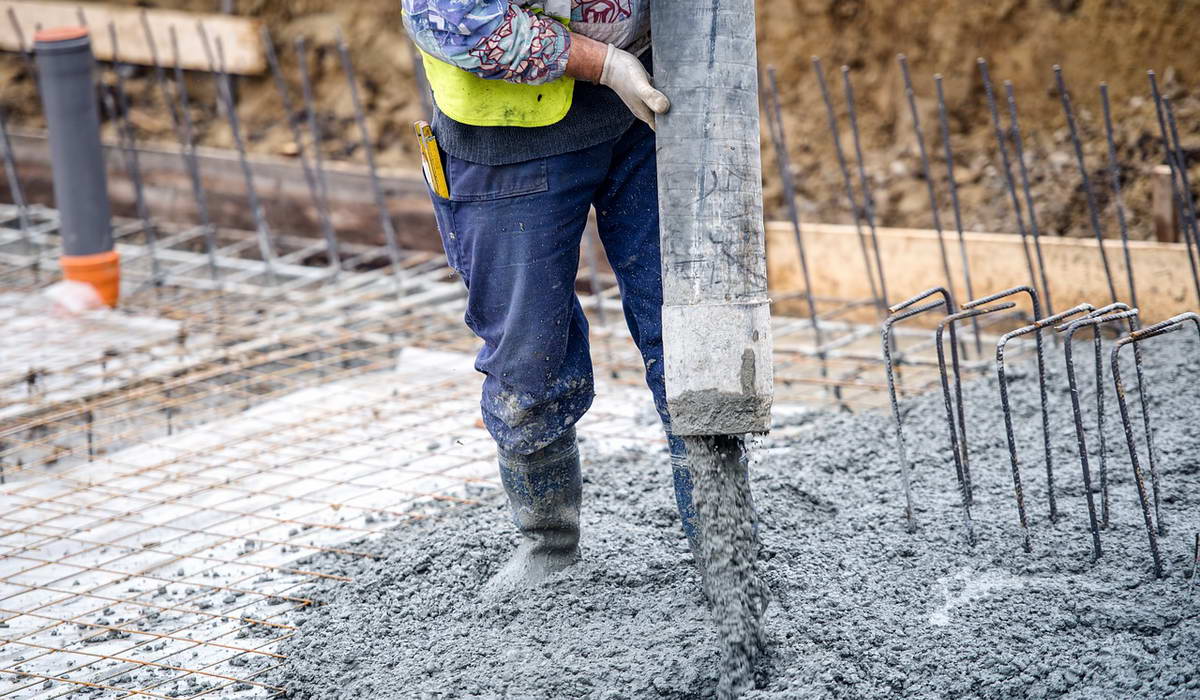
Commercial concrete flooring is a popular choice for businesses due to its durability, low maintenance, and versatility. The cost of installing concrete floors in a commercial setting can vary depending on several factors, including the size of the area, the type of finish, and the complexity of the design.
Additionally, the labor and material costs, such as concrete mix, reinforcing materials, and sealers, also play a role in determining the overall cost of commercial concrete as your flooring choice.
If you’re considering commercial flooring, concrete is an option. But how does it compare with others when it comes to cost? Here’s what you should know:
Commercial Concrete Flooring
A concrete floor is made of cement, water, sand, and aggregates like stone and gravel. The mix is poured onto the target surface and then evened out to create a flat surface.
You then leave the concrete to “cure” or harden, which can take a few days during the summer. Once hard, the concrete can be used immediately or further processed by grinding, polishing, staining, or applying a sealer to protect the surface.
Types of Commercial Concrete Floors
Concrete is one of the flooring options that are made from natural stone. Unlike tiles, it doesn’t have grout lines and can be done in a way that helps maintain friction, keeping it safe even for high heels.
Note, though, that the wide array of concrete floors means that the benefits of one don’t always extend to the other. Currently, here are some of the floor options for concrete that commercial properties usually consider:
1. Stained Concrete
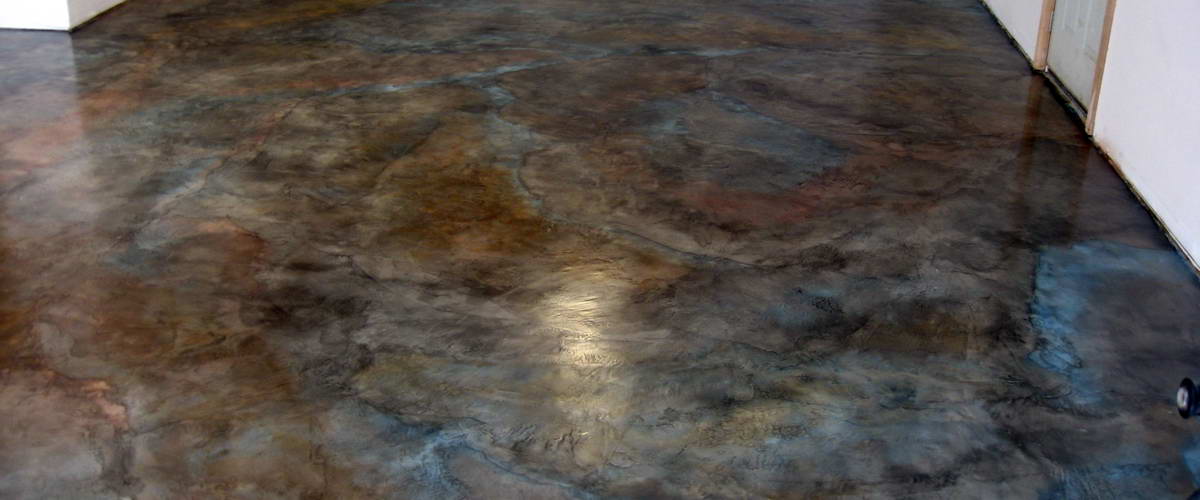
Stained concrete is created when concrete surfaces are treated with chemical stains to change their color and appearance. This process involves applying a chemical solution to the concrete, which reacts with the minerals on the surface to produce darker or lighter colors.
Stained concrete can also be topped with a sealant to protect the surface and enhance the color.
2. Overlay Concrete
This thin layer of concrete is applied over an existing concrete surface to improve its appearance and performance. The overlay can be textured, stamped, stained, or even turned into a polished concrete floor.
They are also used to repair, and level damaged or uneven concrete surfaces.
3. Polished Concrete Floors
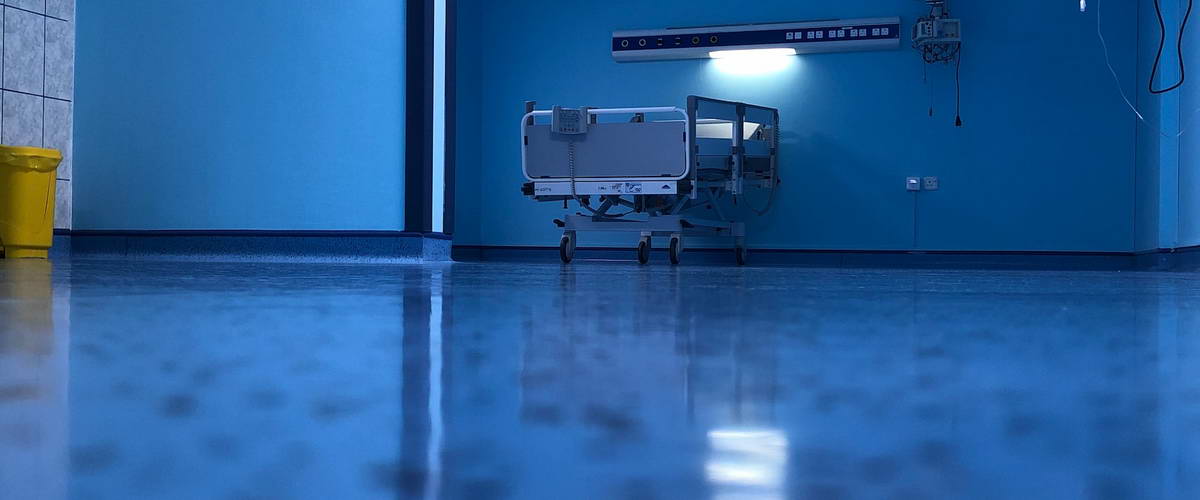
Polished concrete floors are treated with a mechanical grinding and polishing process to produce a smooth, reflective surface with a matte or high-gloss finish.
This involves using abrasives to grind down the surface of the concrete until you get the desired finish. The result is a durable and low-maintenance floor that is resistant to stains and scratches, plus it can be customized with various color treatments and design options.
Polished concrete floors are commonly used in commercial, industrial, and residential settings due to their cost-effectiveness, sustainability, and versatility.
4. Stamped Concrete
This type of floor is molded and patterned to resemble stone, brick, or other natural items. It is often used for outdoor patios and walkways. Sealed properly, it can be water resistant while still having that professionally-made look.
5. Broomed Concrete
This floor type can be a DIY project. The concrete is poured, and a broom is brushed on the surface to create the lines.
The lines are placed to create friction on the surface, so there’s little chance of slippage. You can find this in walkways, parking areas, and public roads.
6. Terrazo Style Concrete
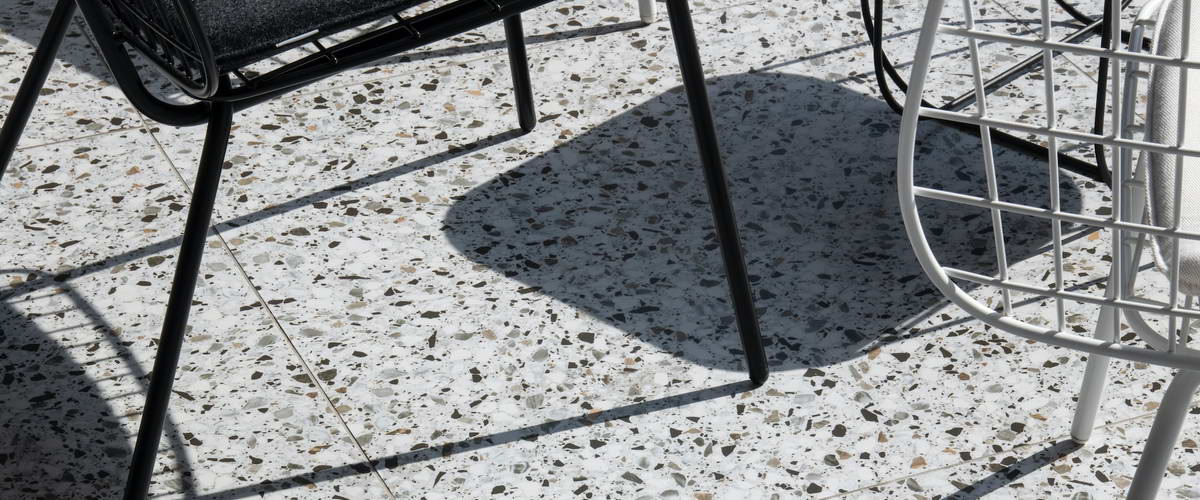
Terrazzo is a composite material that embeds chips of marble, granite, glass, or other materials in a cement base. Terrazzo-style concrete uses a similar technique, but instead of chunks of natural stone, it uses decorative aggregates, like colored glass or marble.
The decorative concrete flooring is then finished with a mechanical grinding and polishing process to produce a smooth surface so you can see the aggregates. Terrazzo-style concrete is a cost-effective alternative to traditional terrazzo with the same aesthetic appeal, durability, and versatility.
7. Decorative Concrete
This type of concrete flooring is treated with various techniques, like engraving, etching, or sandblasting, to create unique and decorative designs. Decorative concrete can be used to enhance the appearance of a specific space.
It requires more skill to do this, but the result is impressive. Some people like to place multiple colors onto the concrete, while others prefer to have inlaid logos or graphics to showcase the company brand.
Applications of Commercial Concrete Floors
Concrete floors are used in various settings because of their durability and versatility, not to mention the inexpensive materials. Typically, these floors can be seen in these commercial situations:
- Commercial spaces – the smooth look of the concrete floor makes it a popular choice for hotels, retail stores, and offices. It helps add to the feel of luxury and sophistication in any given space.
- Warehouses and storage facilities – Concrete floors are ideal for warehouses and storage facilities because the floor is durable and can withstand heavy objects and traffic.
- Outdoor spaces – Concrete floors are also used in outdoor spaces, such as patios, walkways, and driveways, due to their durability and resistance to weather and wear. When properly maintained, they can last for years.
- Public spaces – Concrete floors are used in public spaces, such as airports, schools, and hospitals, for their durability, ease of maintenance, and ability to withstand heavy foot traffic.
Advantages of Choosing Commercial Concrete
- Concrete floors are cost-effective because they help reduce energy costs by providing thermal mass, which helps regulate indoor temperature.
- A polished concrete floor allows for increased visibility thanks to the reflective appearance of the top layer. This reduces the need for artificial lighting.
- Commercial flooring with concrete is generally easy to keep with proper maintenance. If properly sealed, polished concrete can withstand moisture penetration and remain intact for decades.
- Concrete is made of natural stone, which does well for longevity. It can be treated to meet the specific requirements of the user. Plus, with very little work that needs to be done on the hard surface, you can save money during its lifetime.
- Concrete can be finished in various ways, including staining, polishing, and texturing, to achieve various design effects. This makes it wonderfully versatile as commercial flooring.
- Concrete is a dense material with good thermal mass, which can absorb and store heat. It can withstand higher temperatures, making it perfect for manufacturing situations.
Cost of Commercial Concrete
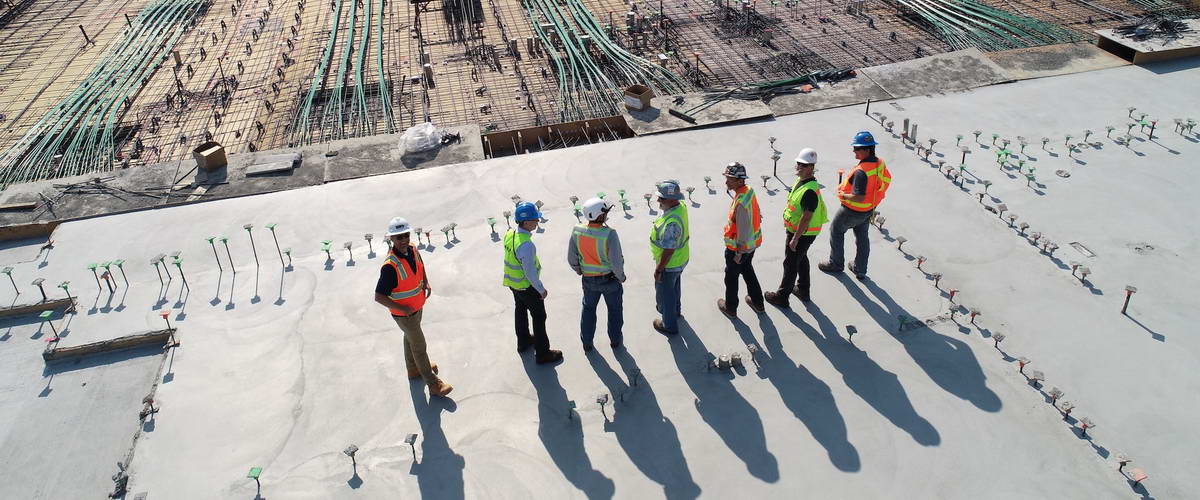
The cost of a commercial concrete floor can vary greatly depending on several factors, such as the size of the covered area, the project’s complexity, and the location.
On average, the cost of commercial concrete flooring can range from $3 to 15 per square foot, including materials and installation. However, this cost can increase for more complex projects or if you want the concrete to be slip-resistant, eco-friendly, or adequate for outdoor areas.
Additionally, the labor costs of installation will vary depending on the contractor’s experience, the project’s complexity, and the location.
Note that concrete floor installation may be higher but polished concrete offers long-term savings through its durability, low maintenance, and energy efficiency.
Comparing the Cost of Flooring Options
Of course, a concrete floor is just one of the many flooring options you have. When deciding on a flooring project, it makes sense to consider all the choices you have before proceeding.
In most cases, your choice should consider not only the use of the floor itself but also the intended interior design and the aesthetic you’re trying to get with the look.
Vinyl Flooring
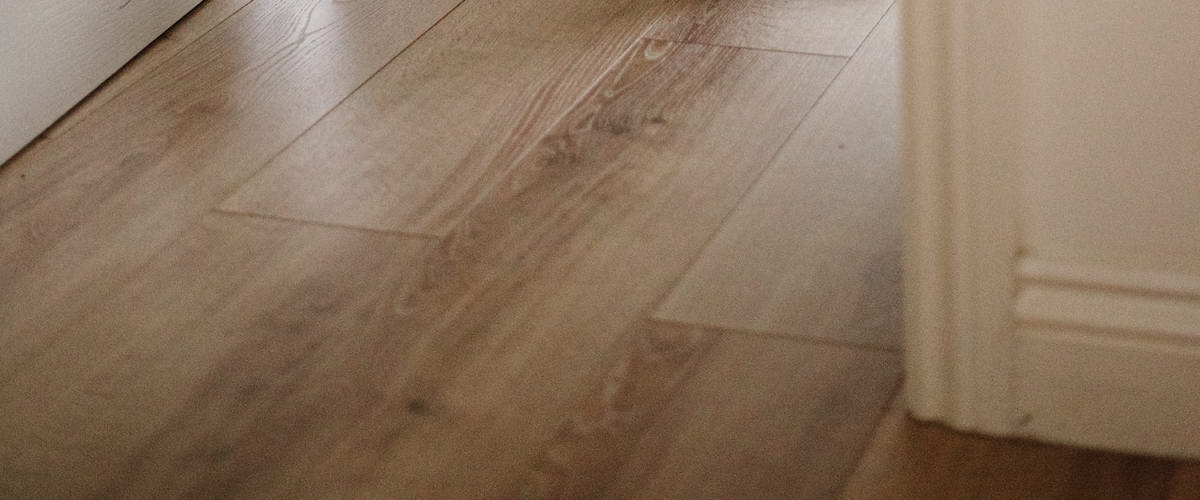
In general, vinyl flooring is often less expensive than concrete floors. A bare vinyl floor can cost as little as $2-5 per square foot, while concrete can be $3-15 per square foot or more, including installation costs. High-end luxury vinyl flooring is more expensive.
However, a concrete floor is often considered a better choice than vinyl because it is more durable and long lasting, making it ideal for high-traffic areas.
It is also more environmentally friendly since the concrete floor is made with locally sourced materials and does not emit toxic fumes like some luxury vinyl tile flooring.
Hardwood Flooring
Generally, wood flooring tends to be more expensive than concrete flooring materials, with costs ranging from $5 to 15 per square foot for basic materials.
In contrast, concrete typically costs between $2 and 8 per square foot for basic materials. However, these costs can increase significantly if you opt for high-end materials or special finishes.
Linoleum
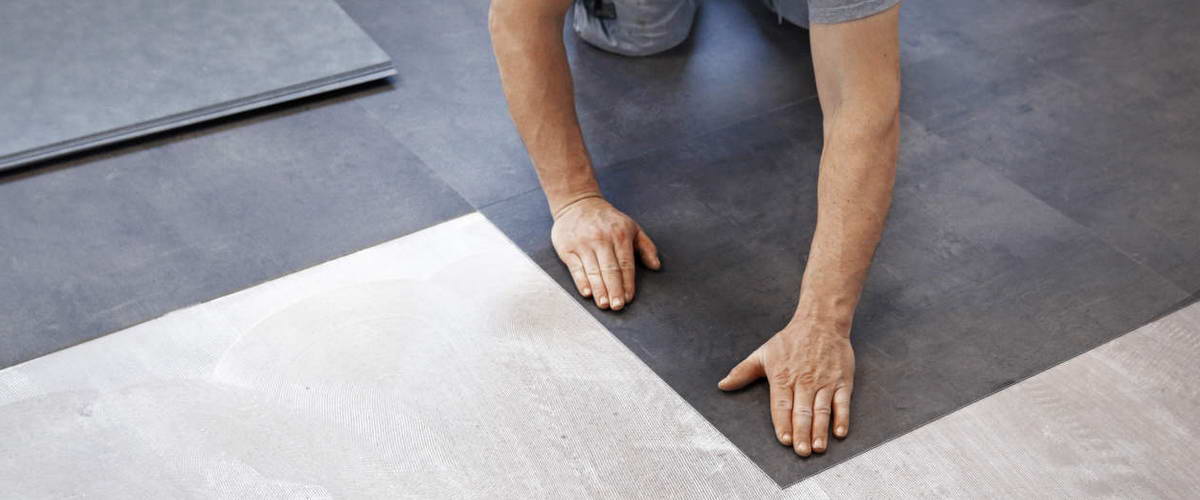
Linoleum is a type of resilient flooring made from natural materials such as linseed oil, cork dust, and wood flour, and it can be manufactured in sheets or tiles.
It is often less expensive than concrete, especially when installed in smaller areas, and can range in price from $2 to 5 per square foot.
Laminate
Laminate is less expensive than concrete. It can cost anywhere from $1 to 5 per square foot, while concrete can cost anywhere from $3 to 15 per square foot.
However, laminate flooring may need to be replaced sooner than concrete flooring, so it’s important to consider both initial and long-term maintenance costs when deciding.
Broadloom Carpet
Broadloom carpet is cheaper than decorative concrete. This carpet can cost anywhere from $2 to $ 10 per square foot, while concrete costs around $3 to 15 per square foot, even considering carpet installation costs.
However, carpet floors do not last long and may need replacing after a few years of use.
Standard Epoxy
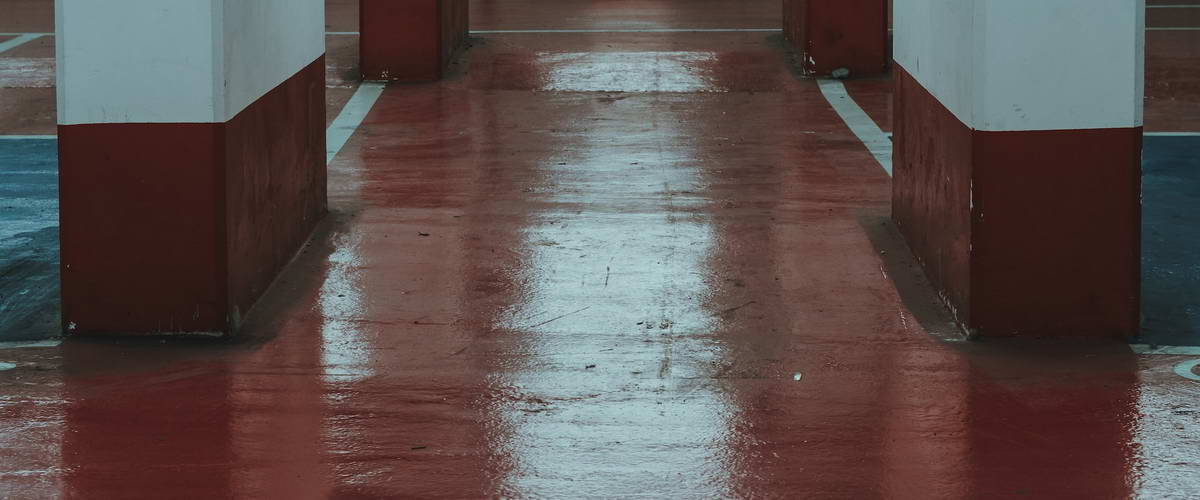
Standard epoxy flooring is more expensive than concrete slab flooring. The cost of epoxy flooring can be from $4 to 12 per square foot, while concrete flooring can be anywhere from $3 to 15 per square foot.
Notably, decorative concrete flooring materials can add to the cost, so you must consider that when deciding.
Stone Flooring
Stone flooring is made from natural stones such as granite, marble, slate, and travertine. This flooring type can be cut into tiles of various sizes and shapes or slabs for use in large areas such as kitchens and entryways.
It’s important to note that stone flooring is more expensive than other flooring options. Still, its durability and longevity often make it better than solid wood flooring in the long run.
Ceramic Tile Flooring
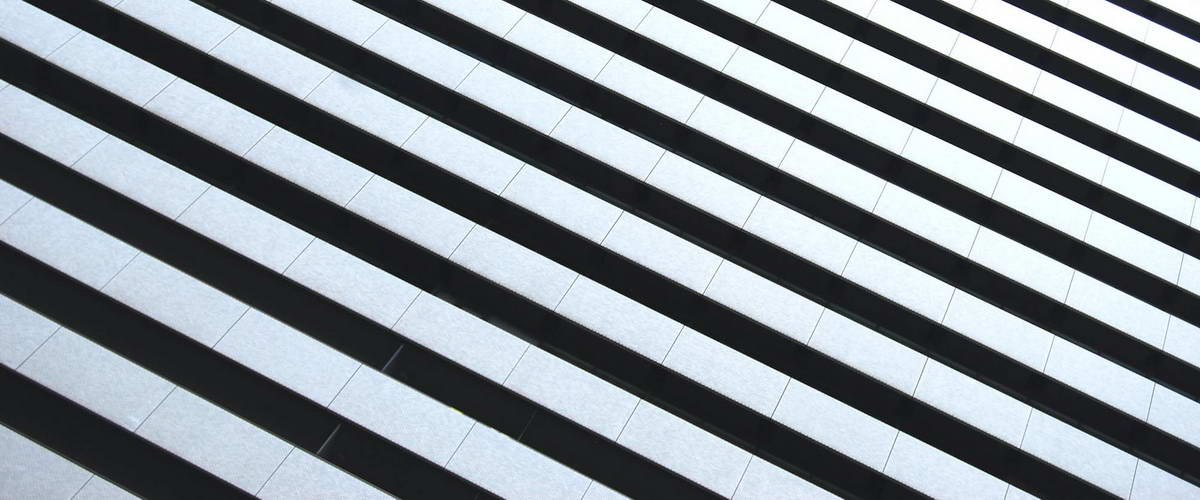
The price of ceramic tile is around $3 to 15 per square foot, while concrete can cost between $5 and 20. Actual prices may vary, however, depending on the specifics of the flooring solution.
Decorative concrete, polished floors, or stained concrete may be slightly higher in cost.
Bamboo Flooring
You might consider bamboo flooring if you’re not a fan of hardwood floors. Concrete floor is more expensive, costing around $5 to 20 per square foot.
In contrast, bamboo is around $3 to 10 per square foot. This makes wood flooring more expensive than bamboo. However, wood and bamboo may not last as long compared to other flooring options.
Seeking expert advice when choosing floors is highly suggested, so you’ll know exactly what you’re getting into when it comes to flooring material. You’ll find that there’s so much more than the common installations, and with enough information, you’ll get the design that truly fits your needs.
How to Choose Flooring
Choosing the cheapest flooring option when remodeling or building a new structure can be tempting, but it’s essential to consider all the factors involved in making a decision. The cheapest option may not always be the best in terms of quality, durability, and long-term cost.
For example, a low-cost flooring option may not hold up well over time and may need to be replaced sooner than a more expensive option.
Additionally, cheaper flooring may not have the same aesthetic appeal as more expensive options, which can negatively impact a space’s overall look and feel.
Another factor to consider is the maintenance and upkeep of a flooring option. Cheaper flooring options may require more frequent cleaning and upkeep, which can quickly add up over time and increase the overall cost of the flooring.
Finally, it’s essential to consider the resale value of a home. High-quality flooring options can increase the resale value of a home, while cheaper options may not have the same impact.
Is Concrete Flooring Worth It?
Concrete flooring is often considered the better choice compared to other flooring options, even if it can be slightly more expensive on a per-square-foot basis. With proper installation and maintenance, concrete flooring can last for decades, providing a long-lasting and cost-effective solution for flooring needs.
Compared to other options such as bamboo, ceramic tile, or hardwood, concrete flooring often comes out on top due to its durability, versatility, and affordability.
Concrete flooring is an excellent investment for durable, versatile, low-maintenance, and cost-effective solutions. However, it’s essential to consider your personal preferences, budget, and specific use when deciding whether concrete flooring is worthwhile.
Contact Extreme Industrial Coatings for all your concrete flooring needs across California.

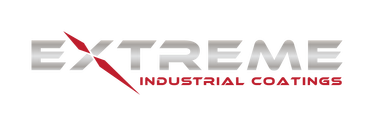
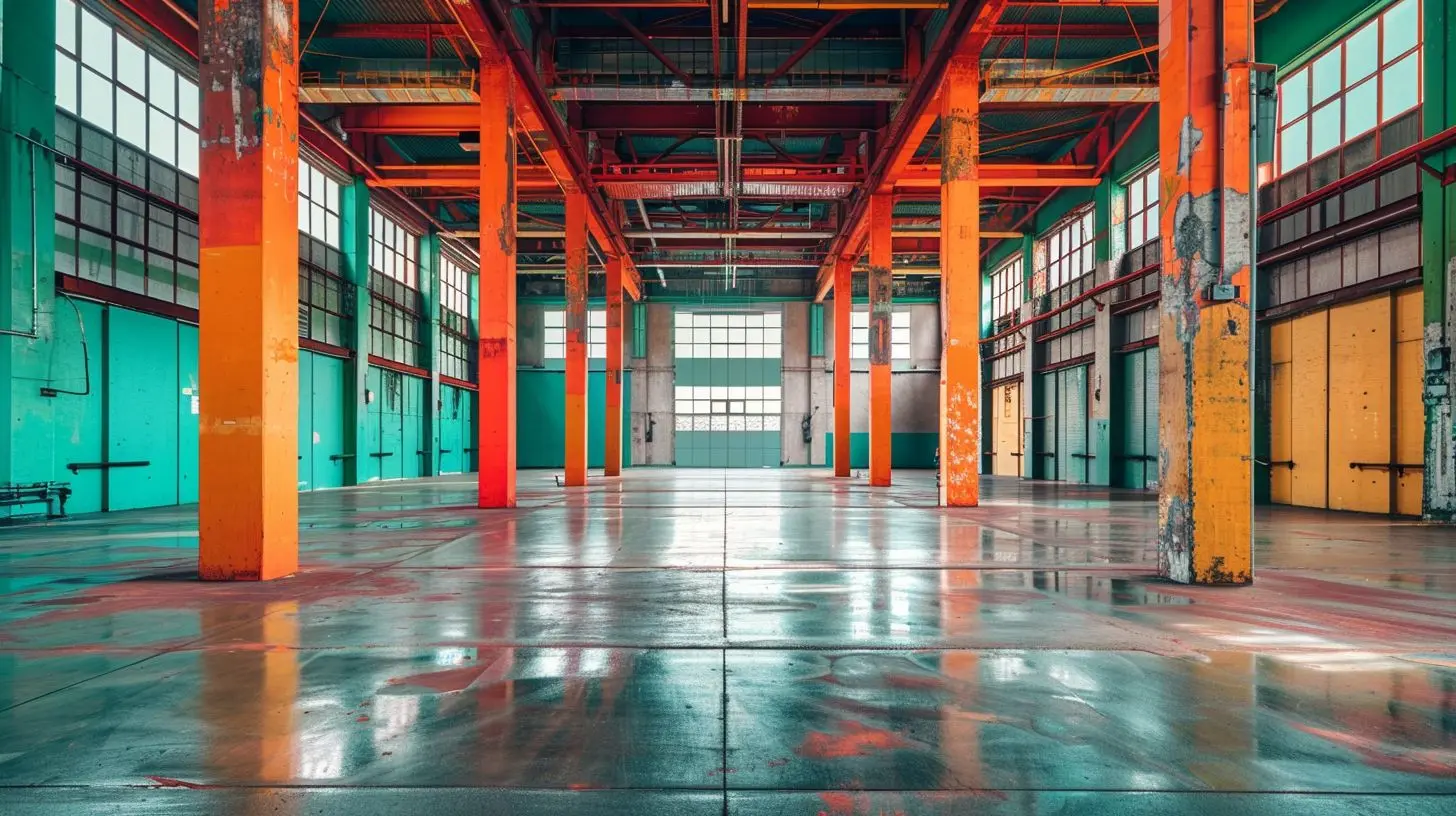
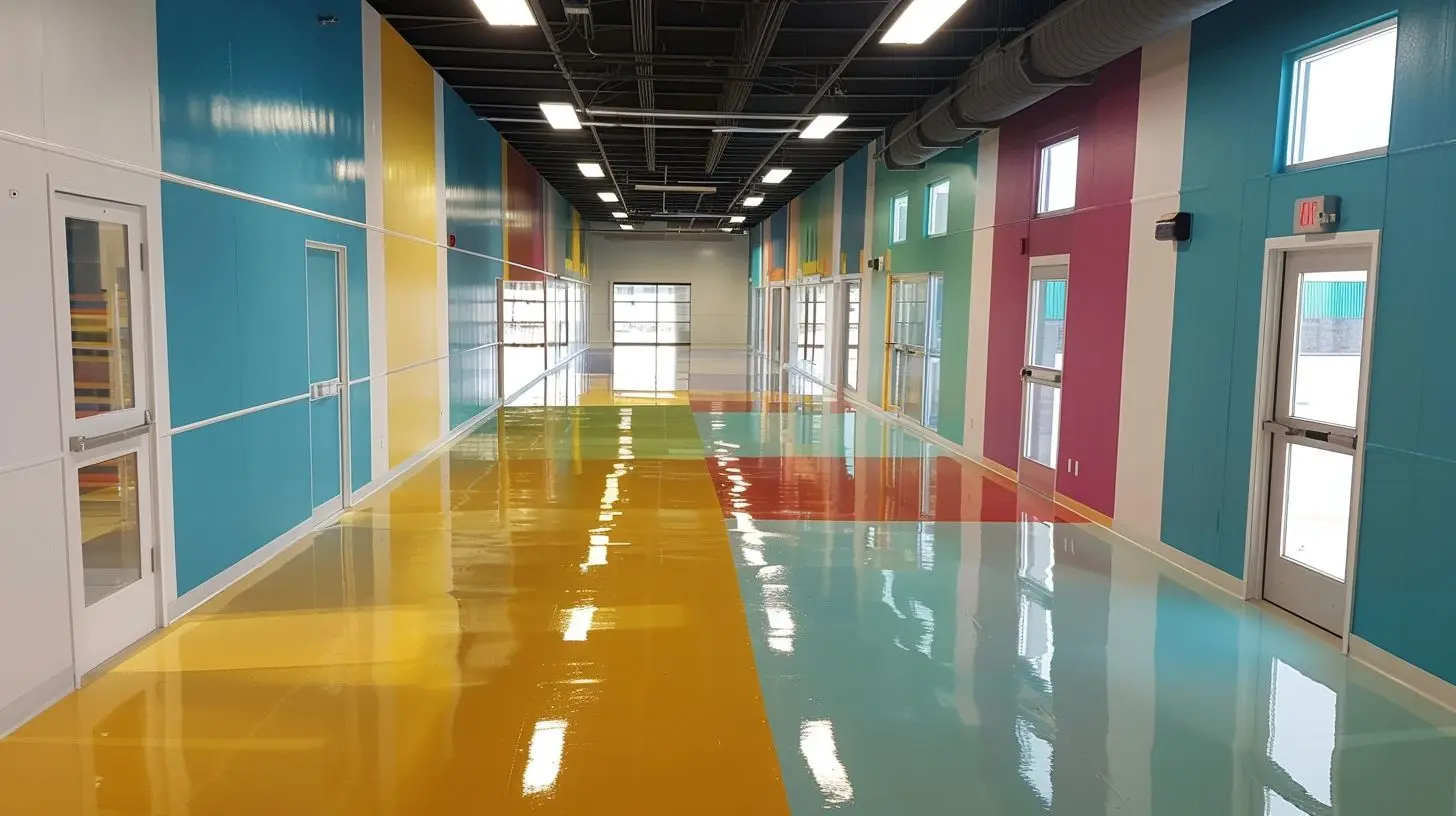
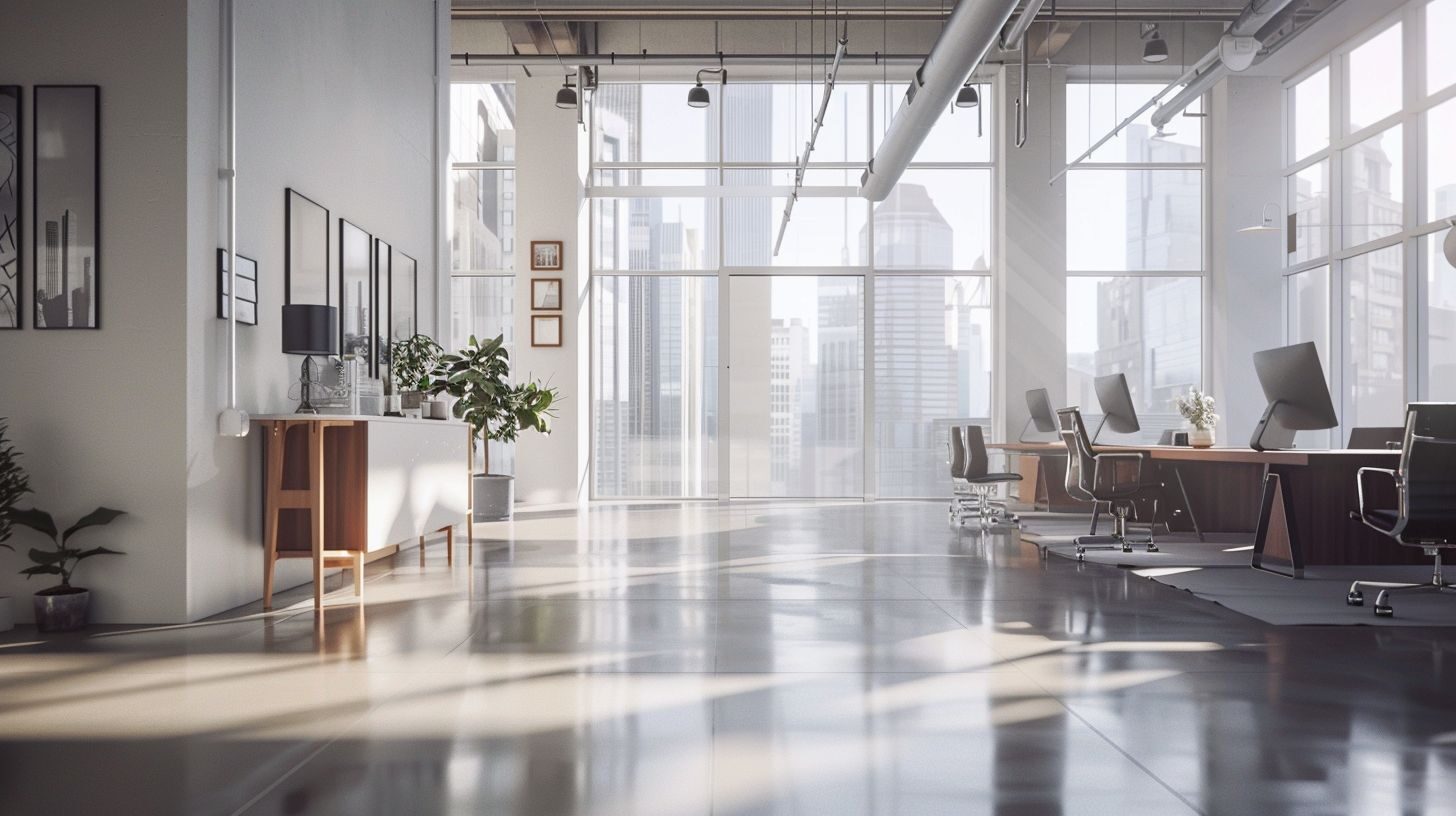
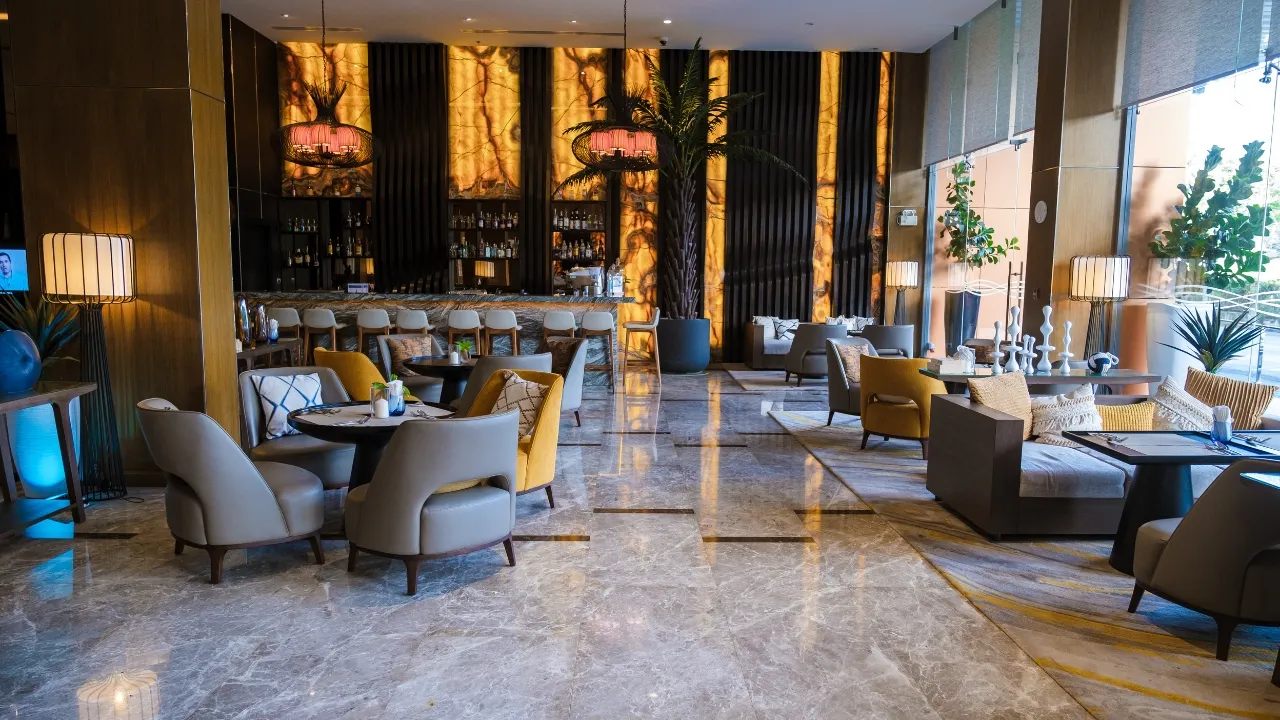
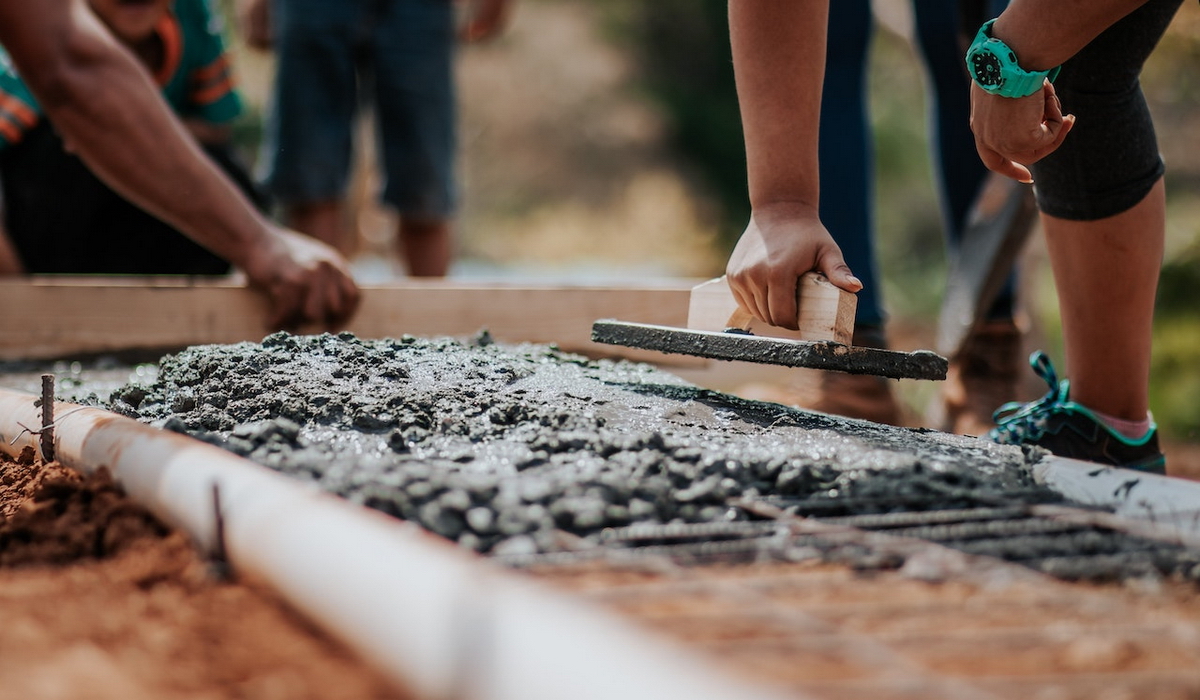
Leave A Comment